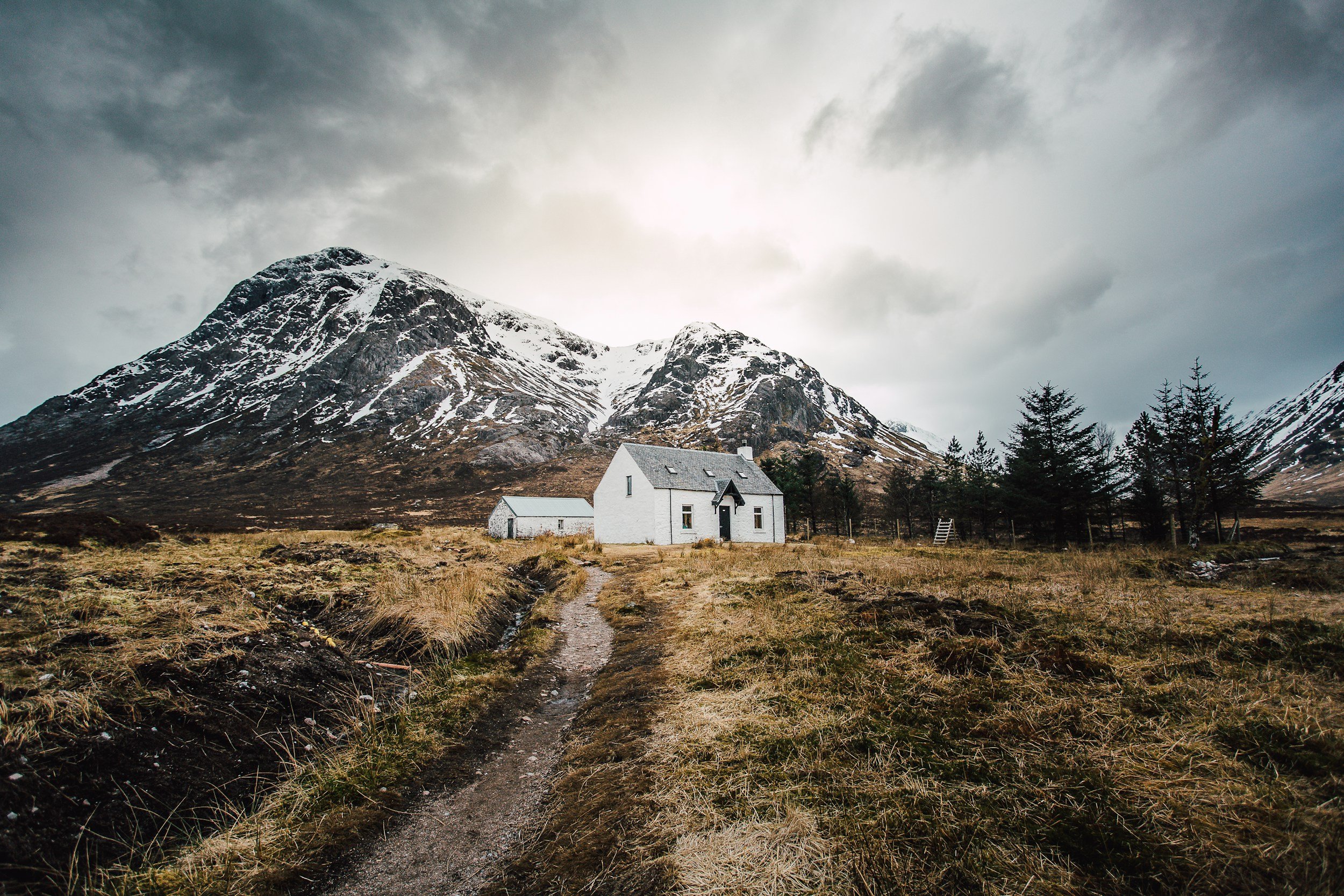
What is a septic system and how do I take care of it?
The stinky truth: Many homes in the mountains are not connected to a city waste system where water and waste go out of the house, under the road, and to a central sanitation site. This is based simply on location and access to homes that are built into the hills.
The good news: A septic system on your property allows you to live in beautiful locations not dependent on a city sanitation system!
What is a septic?
A septic system is an on-site wastewater treatment system. In general, there are two parts you need on your property: a holding tank and a leach field (or called a drain field).
The tank is buried in your yard - all you see are the lids on top of your grass. It is water tight and holds your raw sewage from the house. The leachfield is also buried in your yard - all you see is PVC pipes sticking out of the ground. Septics are very common in the mountains so you will see these elements in most yards.
How it works (Warning: High gross level):
Sewage goes in from your house into the tank where oils and grease float (scum layer) to the top and solids sink to the bottom (sludge). Those elements break down with bacteria and the rest is liquid.
The scum and sludge stay in the tank the liquid drains out in to the leach field.
The liquid goes into the leach field where it either percolates down through the soil or evaporates into the air (don’t worry, you can’t smell it) naturally removing harmful coliform bacteria, viruses and nutrients.
What you need to know as a home owner
Congrats! You have a mountain home, but that come with responsibility. Most of the time you will never know you are using a septic system instead of city waste system. However, you do need to know best practices when using a septic.
Septic Best Practices
Toilet Paper: Look for biodegradable toilet paper that best breaks down so your septic does not fill up or clog too fast. Single-ply (or 2-ply at max) is ideal so it’s not too thick. No toilet paper with added fragrances or dyes as those chemical can disrupt bacterial breakdowns.
Dish soap: Believe it or not, Dawn is TOO good. It breaks down the grease too fast and creates a slippery highway for chemicals and waste to move into the leach field. Look for unscented, biodegradable products.
Dishwashing detergent: Look for products that are biodegradable and phosphate-free tablets.
No-Nos: To avoid clogging, do NOT put these products down the drains: baby wipes and wet wipes (even if they claim to be “flushable,”), feminine hygiene products, paper towels and tissues, cotton balls and swabs.
Garbage Disposal: Think of your septic as one big tank. You don’t want to fill it up with excess food or other elements if you can avoid it. So go easy on the garbage disposal - grinding up food and bones and waste can cause your septic to fill up too fast.
Cooking Grease and Oils: Under no circumstance should you pour grease and oils down the sink drain. It can clog both your plumbing and your septic system.
Getting it pumped out: Septic systems require regular maintenance, including pumping out the sludge every 3 years - or shorter if you have a large family. The cost of pumping can range from $300–$600, depending on the size of the tank. In the foothills, a good company is Shirley Septic.
When buying a house with a septic
When selling a home, you are required to have the county approved septic use permit (good for 6 months; extra 6 months if needed) if the property is 5+ years old. As an agent, I will help you find the permit in the county health department records.
We will check the county rules: does it require inspection for a home sale? Does it require you to have a pump installed (most new septics have pumps)?
If the county deems the septic to be unsatisfactory, the seller is responsible for fixing or replacing (or negotiating that work into your contract).
If a septic does not have an approved use permit, a mortgage lender can decide not to loan on the property (much like needing a roof replacement, etc). If you are paying with cash, you can decide what to do with the septic issues (if any).
Septic sizes vary and are based on the number of bedrooms in the house (not number of people sleeping in the house): Something to consider if you want to remodel or add-on to the property.
We will check to make sure the lids are accessible (for permiting and clean-out) and visually inspect the area: is it overgrown, have animals dug in, is it still level (a tilting tank can be problematic).
Let me help
Septic systems don’t have to be complicated. I’d be glad to help you navigate this, water wells, propane and all. Reach out to get started.


